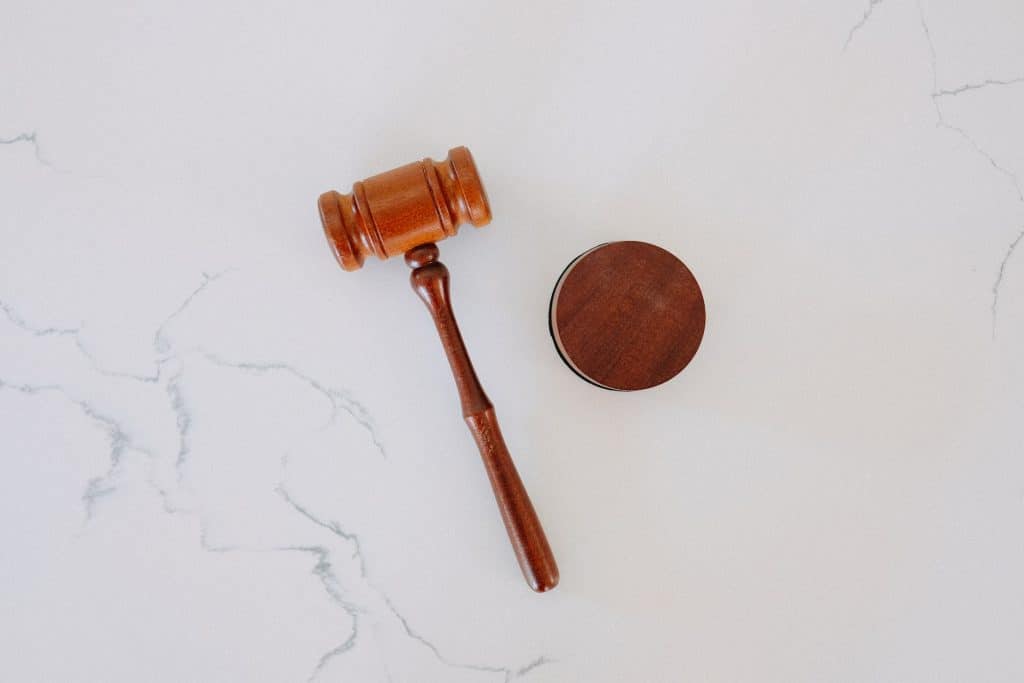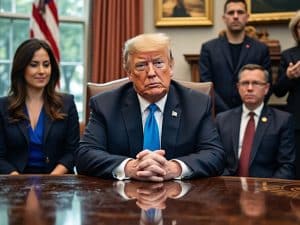The Legal Maze Surrounding FTX CEO Sam Bankman-Fried

Sam Bankman-Fried Trial and Unraveling of a Crypto Empire
In the upcoming trial of FTX founder Sam Bankman-Fried, the stakes are undeniably high. The crypto world awaits with bated breath to see whether this 31-year-old entrepreneur will face a lengthy prison sentence or emerge relatively unscathed. The charges, ranging from wire fraud to conspiracy, paint a complex legal landscape. But let’s break it down and see if we can shed some light on the matter.
The Burden of Proof
First and foremost, it’s essential to understand that the burden of proof lies squarely on the prosecution’s shoulders. They must convince the jury that Bankman-Fried knowingly deceived his customers and lenders, fully aware that his actions were wrong and fraudulent. For conspiracy charges, the prosecution must demonstrate that he conspired with at least one other person to defraud lenders, customers, or investors.
Substantive vs. Conspiracy Charges
Of the seven charges against Sam Bankman-Fried, only two are substantive, meaning they accuse him of actively committing the crimes. The remaining five are conspiracy charges, alleging that he planned to commit these crimes with others. The DOJ clarifies that for conspiracy charges, there’s no need to prove that the crimes were actually committed, unlike substantive charges.
Proving Intent and Defense Strategy
The heart of the matter lies in intent. The defense team of Sam Bankman-Fried is tasked with proving that he had no intention of committing fraud. They might argue that he sought legal advice and received clearance for his actions, suggesting he believed he was acting within the bounds of the law. This defense strategy aims to challenge the credibility of the DOJ’s witnesses and evidence.
Expert Witnesses and Rebuttal
The defense may also introduce expert witnesses to counter the prosecution’s testimony. While some proposed witnesses were rejected, the





